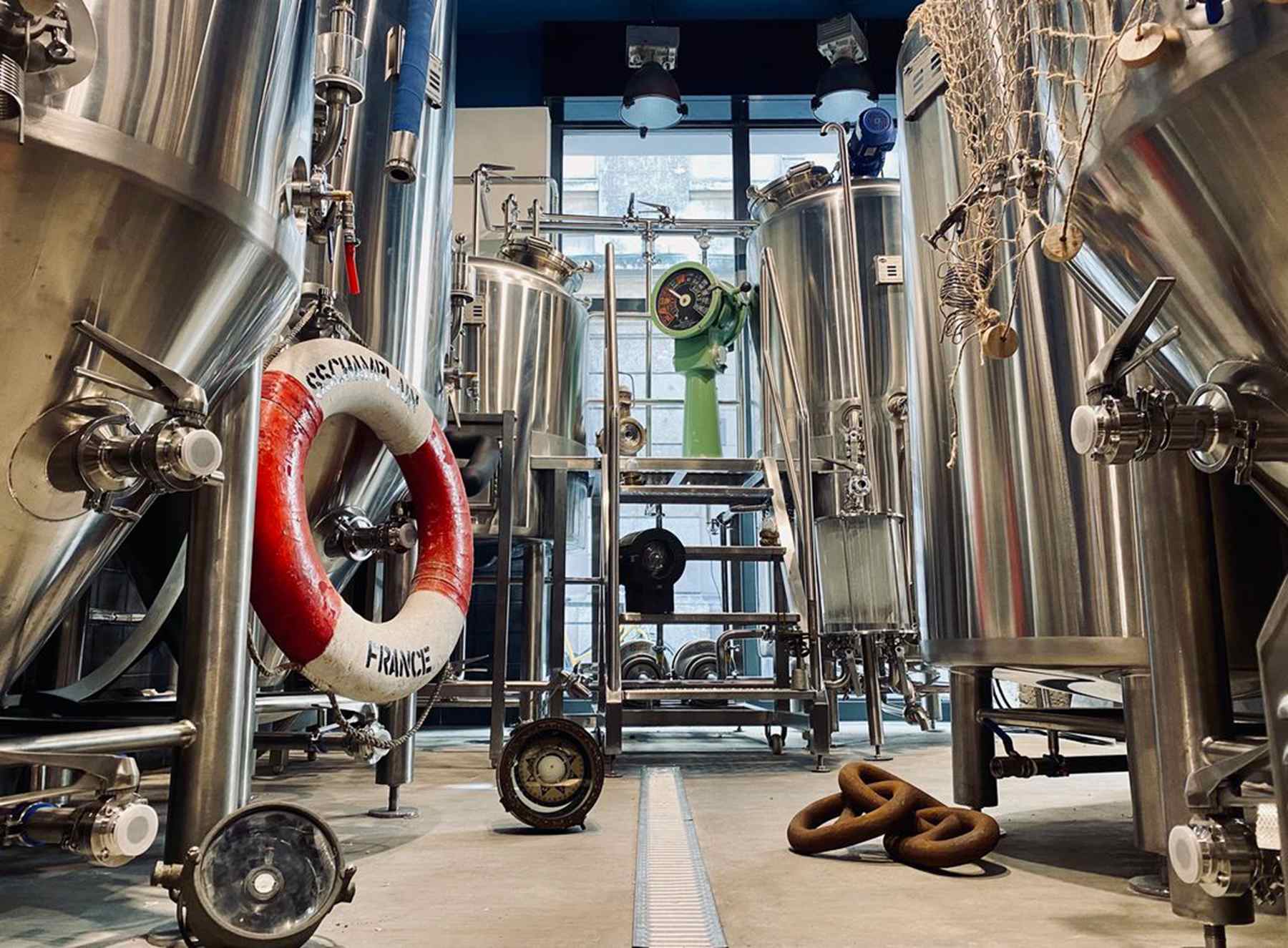
In the early stages of fermentation, aeration is great for the yeast, but it doesn't take long for oxygen to become the enemy. Oxygen is both friend and foe to the winemaker. During fermentation, it provides the yeast with what it needs to breathe and grow, but after the yeast has done its job, it becomes enemy number one for vibrant and expressive flavours.
Oxygen is a reactive gas that is vital to life on earth. Oxygen is also an essential element in the fermentation process of beer. During fermentation, yeast cells consume sugar and produce alcohol and carbon dioxide. This process requires the presence of oxygen, which is necessary for the yeast cells to grow and reproduce. Without sufficient oxygen, the yeast cells cannot produce the enzymes and compounds needed for fermentation.
Brewers can use a variety of techniques to control the level of oxygen during fermentation.
Proper wort aeration: Proper wort aeration is essential to ensure that the yeast cells have enough oxygen for fermentation. Brewers can aerate the wort in a number of ways, including shaking the wort, using an oxygen stone, or using pure oxygen.
Temperature control: Maintaining a constant temperature during the fermentation process helps to control the oxygen content of the wort. As mentioned earlier, lower temperatures may result in lower oxygen levels.
Proper yeast treatment: Proper yeast treatment is also important to control the oxygen content of the fermentation process. This includes ensuring that the yeast is healthy and active, as well as storing the yeast to prevent contamination.
Use a headspace mat: A headspace is a layer of gas at the top of the fermentation vessel that helps to prevent oxygen from entering the wort. This can be achieved by using a gas such as carbon dioxide or nitrogen.
Minimise shaking: Excessive shaking can introduce oxygen throughout the brewing process. Reduce the number of transfers by using dedicated fermenters equipped with airlocks to reduce racking during primary fermentation. Consider using conical fermenters with built-in yeast harvesting to eliminate the need for more transfers. A closed-loop transfer system can minimise oxygen exposure during transfers from fermenter to keg or bottle.
Controlled carbonation: Particular attention should be paid to reducing oxygen exposure during carbonation. Choose a method of carbonation that limits oxygen exposure, such as natural carbonation in a closed fermentation vessel or counter-pressure filling in a barrel or bottle. Avoid excessive agitation or spillage during carbonation to prevent oxygen uptake. Prior to filling, vats and bottles should be purged with carbon dioxide to remove residual oxygen.
Still have a problem on choosing the brewery equipment? We can help with your final decision. If you are looking for a turnkey solution for craft beer brewing system, please contact us. We are looking forward to working with you. Send an email now: [email protected]


.jpg)





Get A Quote